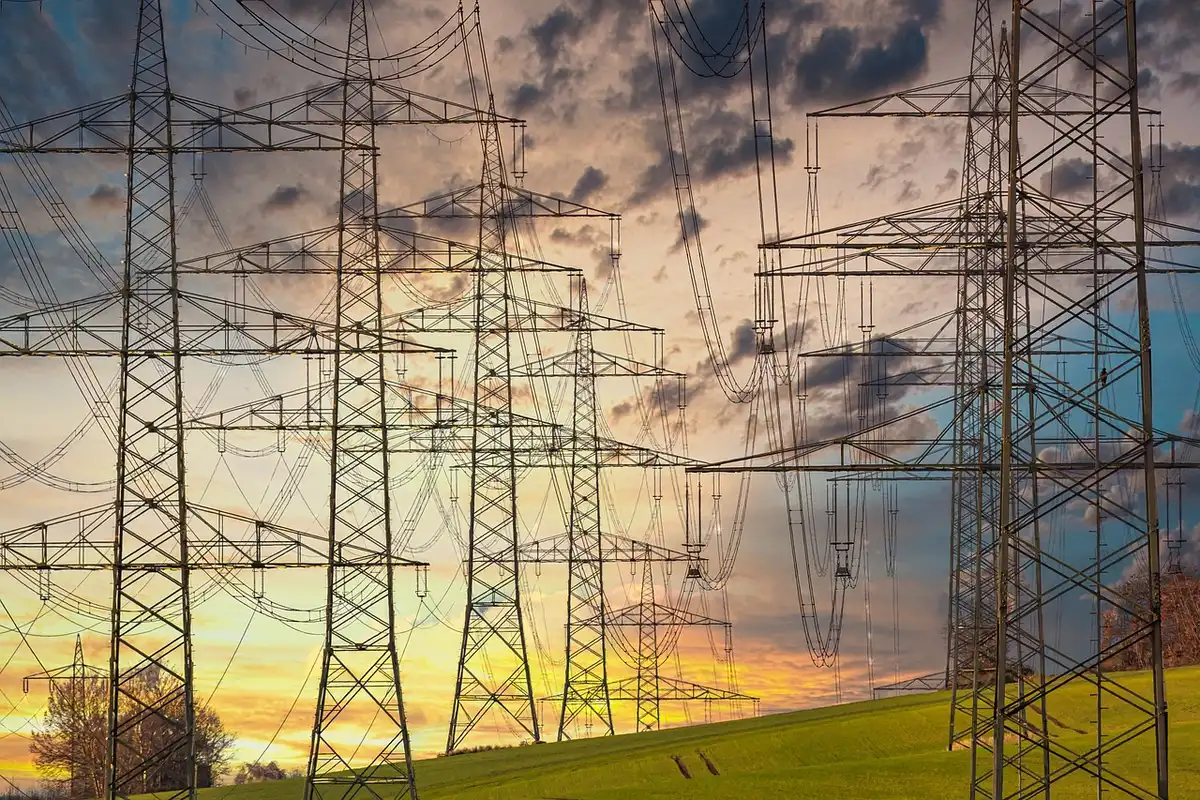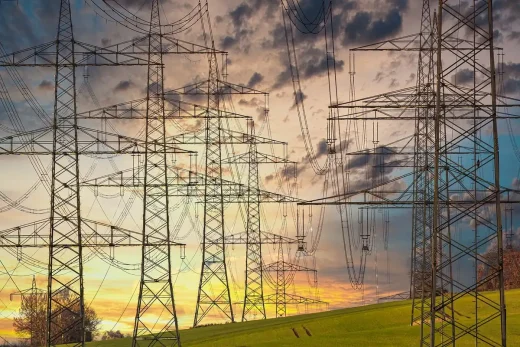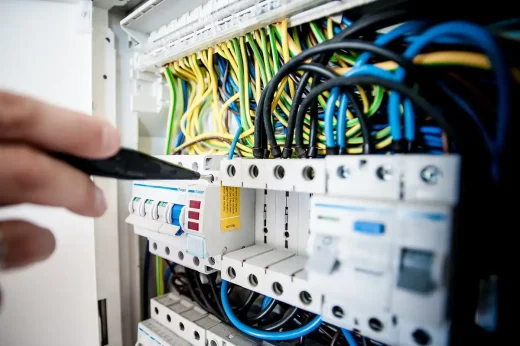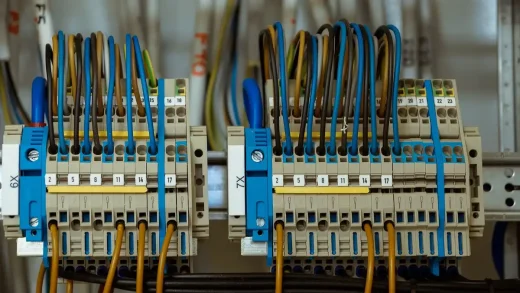Electric bill breakdown of usage charges, House electrics fees advice, Property electrical costs
What Drives Your Electric Bill? A Breakdown of Usage Charges
16 September 2024
Introduction to your Electric bill breakdown
Understanding what drives your electric bill can be a bit of a puzzle. With different charges, knowing what each line item means and how it affects your total payment is essential. One of these elements is the minimum usage fee on your bill. This fee, among others, contributes to your monthly electricity costs. Breaking down these charges can help you manage your electricity consumption effectively and even find opportunities for cost savings.
Base Charges
Base charges are fixed costs on your electric bill that you will pay regardless of how much electricity you use. These often cover the electric grid’s expenses, including infrastructure maintenance, administrative costs, and customer service.
According to Energy.gov, these charges are usually standard regardless of your electricity consumption. This means that even if you turn off all your electrical appliances, you’ll still be liable to pay the base charge. These charges ensure that the utility company can maintain a reliable and efficient electric grid.
Usage Charges
Usage charges are often the most noticeable part of your bill, fluctuating based on the electricity you use within a billing period. These charges are calculated per kilowatt-hour (kWh) and can vary depending on time-of-use plans or tiered rates.
For instance, some regions have higher rates during peak hours than off-peak times. Using energy-saving devices and mindful consumption habits can significantly reduce these costs. By monitoring and adjusting your daily habits, you can use electricity more efficiently and lower your overall consumption. For example, using energy-intensive appliances during off-peak hours can make a notable difference.
Demand Charges
Some utility companies include demand charges based on the highest level of electricity your household uses at any given time. This can be essential for businesses and households with heavy equipment that draw significant power. These charges are designed to cover the peak demand that puts the most strain on the electrical grid.
Understanding and managing your peak demand can be crucial in reducing these costs. Strategies to minimize demand charges include spreading out the use of high-energy appliances so they don’t all run at the same time and using appliances with lower power requirements during peak periods.
Minimum Usage Fees
Minimum usage fees are applied when your electricity consumption is below a certain threshold. This ensures the utility company covers the costs of providing service. Essentially, these fees act as a floor to ensure that customers pay a minimum amount regardless of usage.
Understanding this fee can help you manage your usage to avoid the fee or ensure you’re getting value for the electricity you consume. It’s designed to ensure that the utility company can cover its basic costs associated with delivering electricity to your home, even if your usage is low.
Seasonal Variations
Electricity consumption can vary significantly with the seasons. In colder months, heating can drive up usage, while in the summer, air conditioning can be a significant factor. The Department of Energy provides tips on managing these seasonal variations effectively.
For instance, using programmable thermostats, weather-proofing your home, and leveraging natural ventilation can reduce the need for heating and cooling systems significantly. Simple acts like improving insulation or using energy-efficient cooling systems can significantly reduce costs and make your home more energy-efficient throughout the year.
Tips for Reducing Costs
- Consider energy-efficient appliances and lightbulbs to reduce consumption. These appliances use less electricity to perform the same tasks as their traditional counterparts, offering long-term savings.
- Monitor your usage with smart meters and adjust your habits accordingly. Smart meters give real-time feedback on your electricity usage, helping you pinpoint which habits or appliances drive your costs.
- Regular maintenance of HVAC systems can keep them running efficiently. Clean filters and well-maintained equipment use less energy and provide better service.
- Utilize natural lighting when possible to reduce the use of electrical lighting. Open your curtains during the day to let in natural light, thus reducing the need for artificial lighting.
Electric bill breakdown of usage charges Conclusion
By understanding the different components of your electric bill, you can better manage your energy usage and potentially reduce costs. Stay informed and make conscious choices to benefit your wallet and the environment.
Knowledge is power; in this case, it can lead to significant savings. Understanding these fees and charges enables you to take proactive steps in managing your electricity consumption, ensuring that you’re not paying more than necessary while also being mindful of your environmental impact.
Comments on this guide to Electric bill breakdown of usage charges article are welcome.
Building Electrical
Home Electrical / Electronics Articles
Understanding the Basics of Electrical Systems
What to look out for when hiring an electrician
Factors to Consider When Hiring an Electrician
How to plan your outdoor lighting design

Building Articles
Residential Architecture
Comments / photos for the Electric bill breakdown of usage charges page welcome.








